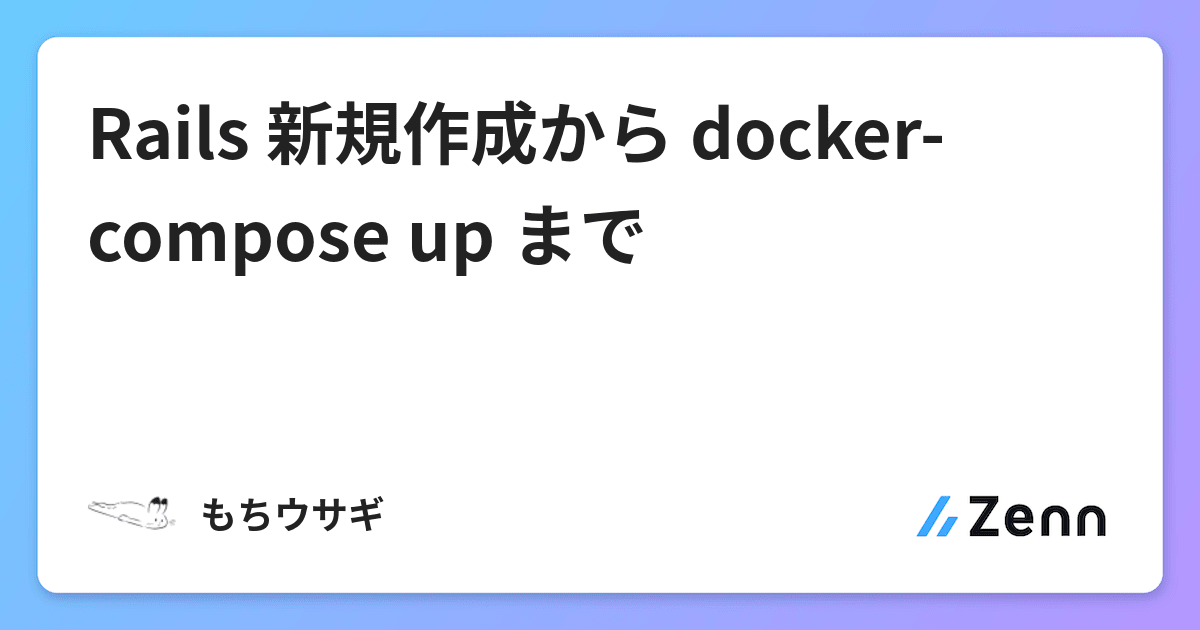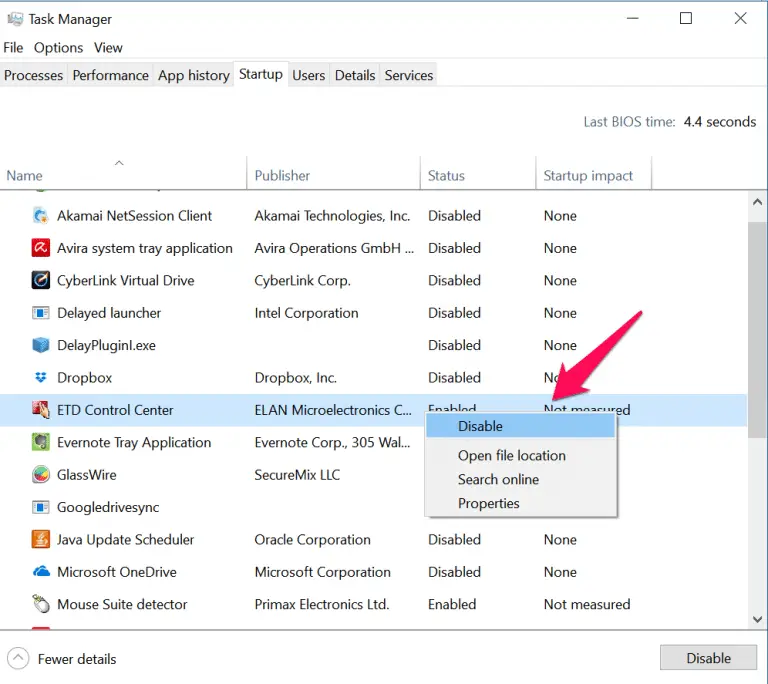

Also, it will set up some sort of networking between them and all behind the scene. This docker-compose allows us to start up multiple container at the same time in a very easy and straightforward way. Using docker-compose we can resolve these issues. 17:46:44.075 INFO 1 - c. : Max Memory (xmx) : 50mb 5.Docker-compose helps us to avoid repetitive commands, that we might have to write with docker-cli during a container startup.įor example, if we have two container and need networking between them, we have to configure these networking stuff with docker-cli every time we start the container. 17:46:44.070 INFO 1 - c. : Started XmxXmsDemoApplication in 1.666 seconds (JVM running for 2.104) Picked up JAVA_TOOL_OPTIONS: -Xms50M -Xmx50M e JAVA_TOOL_OPTIONS="-Xms50M -Xmx50M" heapsizing-demo-jib We can now run it as usual: $ docker run -rm -ti -p 8080:8080 \
#DCOKER COMPOSE INCREASE STARTUP TIME INSTALL#
The image is built using the maven jib:DockerBuild target: $ mvn clean install & mvn jib:dockerBuild Picked up JAVA_TOOL_OPTIONS: -Xms20M -Xmx20M The output will be similar to this: Setting Active Processor Count to 8Ĭalculated JVM Memory Configuration: memory=1024M heapsizing-demo:0.0.1-SNAPSHOT However, we can still override them by setting the environment variables JAVA_OPTS or JAVA_TOOL_OPTIONS: $ docker run -rm -ti -p 8080:8080 \ The plugin hard-codes the memory settings of the JVM. Under the hood, Spring Boot uses Cloud Native Buildpacks as the underlying containerization technology. In this example demo-app:0.0.1-SNAPSHOT. With Maven, we add them to a block within the spring-boot-maven-plugin: Since Spring Boot 2.3, the Spring Boot Maven and Gradle plugins can build an efficient container without a Dockerfile. This is because Xmx sets the maximum size of the memory allocation pool, which includes the heap, the garbage collector's survivor space, and other pools. We should note that there is a slight difference between the -Xmx parameter and the Max memory reported by the JVM. We can choose our memory settings at runtime by specifying the JAVA_OPTS environment variable: $ docker run -rm -ti -e JAVA_OPTS="-Xms50M -Xmx50M" openjdk-java Let's now build the image: $ docker build -t openjdk-java. & javac /src/com/baeldung/docker/printxmxxms/PrintXmxXms.java \Ĭom. We use that variable within our Dockerfile, but it can be modified when the container is launched: FROM openjdk:8u92-jdk-alpine Instead of hard-coding the JVM flags directly on our container's command, it's good practice to use an environment variable such as JAVA_OPTS. This proves the older JVM does not respect the container memory allocation. $ docker run -rm -ti -memory=1g oldjavaĪs we can see, the output is exactly the same. Let's now constrain the container memory to 1GB. OpenJDK 64-Bit Server VM (build 25.92-b14, mixed mode) OpenJDK Runtime Environment (build 1.8.0_92-.) Let's run that container: $ docker run -rm -ti oldjava Since we didn't provide the -Xmx or -Xms JVM flags, the memory settings will be defaulted.

The CMD line in the Dockerfile is the process that gets executed by default when we run the container. Let's build its image: $ docker build -t oldjava. Here we're using a container that uses an older version of Java 8, which predates the container support that's available in more up-to-date versions. Let's add the following Dockerfile in the folder that contains our Java program: FROM openjdk:8u92-jdk-alpine


 0 kommentar(er)
0 kommentar(er)
